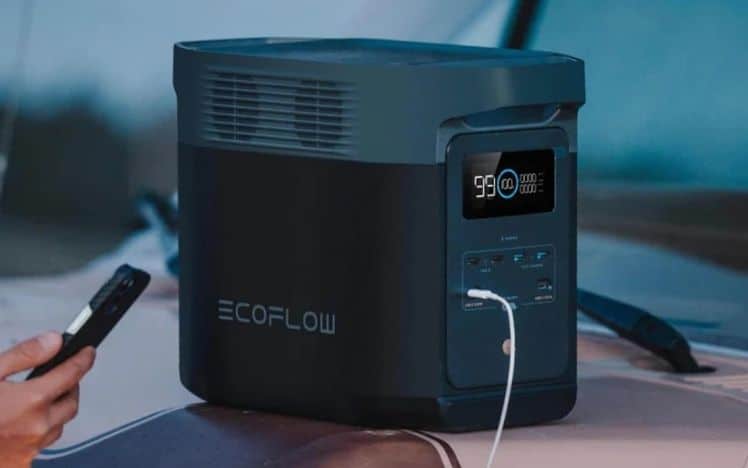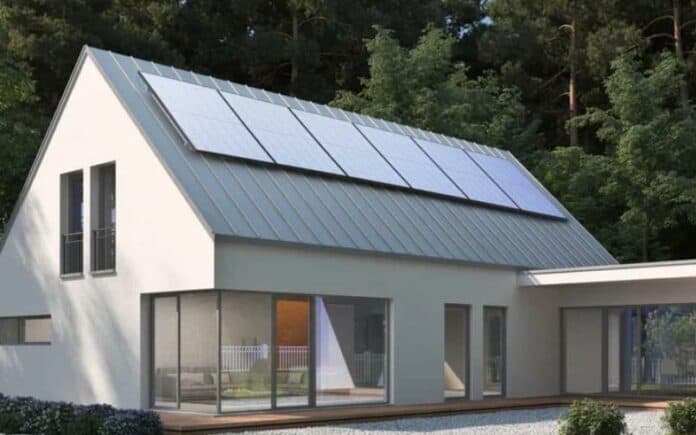Switching to solar energy is one of the smartest ways to cut electricity costs and reduce reliance on traditional power sources. However, with various solar power incentives available, it can be challenging to keep track of which programs still exist. Many homeowners are asking, what is the $7000 solar rebate NSW eligibility, and whether the rebate is still available. This guide breaks down everything you need to know about the rebate, how it works, and the options currently available for NSW residents looking to go solar.
What Is the $7,000 Solar Rebate in NSW?
The $7000 Solar Rebate was introduced in 2019 as part of a broader push toward renewable energy adoption. This financial incentive allowed eligible households to receive up to $7000 to offset the cost of installing a solar panel system. The amount was determined by the number of Small-Scale Technology Certificates (STCs) the system generated, with larger systems qualifying for higher rebates.
To qualify for the rebate, homeowners had to meet specific criteria, including:
- Residency Requirement – The applicant had to be a New South Wales resident, and the property where the solar panels were installed had to be their primary residence.
- Income Limit – Households with a combined annual income exceeding $180,000 were not eligible. This ensured the rebate was directed toward middle- and lower-income families who needed financial assistance for solar installations.
- Electricity Usage – Eligible households had to consume at least 3000 kilowatt-hours (kWh) per year. This requirement helped ensure that applicants would benefit from significant savings on electricity bills.
- Solar System Size – The maximum solar panel system capacity eligible for the rebate was 5 kilowatts (kW). Larger systems could still be installed but would not receive additional rebate funds beyond the $7000 cap.
- Certified Installation – The solar panel system had to be installed by a Clean Energy Council (CEC) accredited installer. All components, including inverters and solar generators, had to meet Australian safety and efficiency standards.
- Rental Property Considerations – Tenants could apply for the rebate with their landlord’s approval. In such cases, the rebate was transferred to the landlord, helping rental properties gain access to solar energy benefits.
Initially, the NSW government allocated $15 million for the program. Due to high demand, an additional $40 million was added in early 2024. However, the rebate program was so popular that funds were exhausted, and the scheme officially closed in June 2024.
How Did the Solar Rebate Work in NSW?
The rebate functioned as a direct financial incentive, reducing the upfront costs of solar panel installations. Homeowners who qualify could receive the rebate as a direct discount on the system’s total cost or apply for an interest-free loan to cover installation expenses.
The program supported both new solar energy system installations and upgrades to existing setups. The rebate amount depended on system size, with the highest rebate of $7000 available for systems of 13 kilowatts (kW) or larger.
Even though the rebate program has ended, alternative financial assistance options are still available. For instance, the Solar for Low-Income Households Program provides subsidized solar energy systems for eligible households, helping them lower electricity bills.
How to Claim the $7,000 Solar Rebate?
Although the rebate program has ended, understanding how it worked provides insight into how NSW manages solar power incentives. The application process was designed to be simple and efficient:
- Check Eligibility – Applicants had to ensure they met residency, income, and electricity usage requirements.
- Choose an Approved Solar Retailer – The NSW government provided a list of accredited solar retailers from which applicants had to select.
- Obtain a Quote – Homeowners received an installation quote from their chosen retailer.
- Submit an Application – Applications were processed online through the NSW Government Energy Savings Scheme (ESS) website.
- Receive a Reference Number – Upon approval, applicants receive a unique reference number for tracking their request.
- Install the Solar System – A CEC-accredited installer completed the installation according to NSW government guidelines.
- Submit Required Documents – Applicants provided proof of purchase, an installer compliance certificate, and any other required paperwork.
- Receive the Rebate Payment – Once approved, the rebate amount of up to $7000 was deposited into the applicant’s bank account within 4-6 weeks.
- Monitor the System’s Performance – Homeowners were encouraged to track their system’s energy efficiency to maximize savings.
Benefits of the $7000 Solar Rebate
The $7000 Solar Rebate in NSW offered homeowners several advantages, making solar energy more affordable and encouraging its widespread adoption.
Lower Energy Bills
Installing solar panels helped households cut electricity costs. By generating their own power, homeowners reduced their dependence on the grid, leading to significant long-term savings.
Protection from Rising Energy Prices
Electricity costs in Australia continue to increase, but homeowners with solar panels are less affected. By producing their own power, they avoided rising energy rates, providing long-term financial stability. Since solar energy systems typically last 20-25 years, the savings over time were substantial.
Environmental Benefits
Unlike fossil fuels, solar energy is clean and renewable, producing no harmful emissions. By switching to solar power, households contributed to reducing greenhouse gases and combating climate change.
Increased Property Value
Homes with solar panels were more attractive to potential buyers. Many viewed solar energy as a valuable feature that lowered long-term electricity expenses, leading to higher property resale values.
Solar Generator Backup
Some homeowners opted to install a solar generator alongside their solar panels to provide additional backup power. This was particularly useful in rural areas or during extreme weather conditions when power outages were common. A solar generator offers reliable emergency power, improving household energy security.
Financial Support for Low-Income Households
The rebate, along with other solar power incentives, made solar energy more accessible to low-income families. Programs such as the Solar for Low-Income Households Program continue to provide financial assistance to ensure economic constraints do not prevent homeowners from benefiting from solar energy.
Reduced Dependence on the Power Grid
By generating electricity from solar panels, homeowners became less reliant on traditional power sources. Many also chose to build home battery backup system solutions to store excess energy for nighttime use or emergencies.
At EcoFlow, we offer a popular energy storage solution with EcoFlow DELTA 2 Portable Power Station. With a 1024Wh capacity (85Ah@12V) and strong AC output, it provides reliable power during blackouts. It also charges 7x faster than most models and integrates seamlessly with solar panels for quick, efficient recharging, making it a great choice for enhancing energy independence.

Conclusion
The $7000 Solar Rebate helped many households transition to solar energy, reducing electricity costs and promoting sustainability. While the program has ended, various solar power incentives are still available to support renewable energy adoption. If you’re wondering what is the $7000 solar rebate NSW and how to maximize your solar investment, consider pairing your system with a reliable backup like the EcoFlow DELTA 2 Portable Power Station—a powerful, fast-charging solar generator built for energy independence. Explore EcoFlow today!
FAQs
Is the solar rebate worth it?
Yes! A solar rebate lowers the upfront cost of installing a solar panel system, making renewable energy more affordable. It helps reduce electricity bills and increases property value. Even though the $7000 solar rebate NSW has ended, other solar power incentives can still provide great savings for homeowners switching to solar energy.
How to calculate solar rebate?
Your solar rebate depends on the Small-Scale Technology Certificates (STCs) your system generates. Multiply the STC amount by the current market price per certificate. Factors like system size, location, and installation date affect the total rebate. A larger system with more sunlight exposure typically earns a higher rebate, lowering overall solar installation costs.
Why is my solar rebate so low?
Your solar rebate may be low due to a drop in STC prices, a smaller solar panel system, or reduced sunlight exposure. If your system is underperforming, check if it meets solar power incentives requirements or consider upgrades like a build home battery backup system for better savings.


